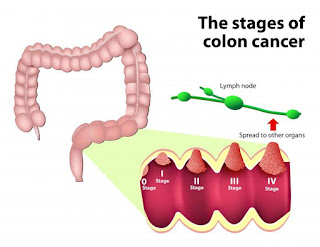Immunotherapy is a treatment that uses certain parts of a man's invulnerable framework to battle illnesses, for example, growth. Immunotherapy utilizes our resistant framework to battle growth. It works by helping the invulnerable framework perceive and assault malignancy cells. A few kinds of immunotherapy are additionally called focused on medications or organic treatments or biotherapy. This can be done in a couple of ways:
- Stimulating your own immune system to work harder or smarter to attack cancer cells
- Giving your immune system components, such as man-made immune system proteins
Immunotherapy incorporates medications that work in various ways. Some lift the body's safe framework in an exceptionally broad manner. Others help prepare the safe framework to assault malignancy cells particularly. Immunotherapy works better for a few sorts of malignancy than for others. It's utilized independent from anyone else for a portion of these growths, yet for others, it appears to work better when utilized with different sorts of treatment. Natural treatment is a kind of treatment that utilizations substances produced using living beings to treat malignancy.
Immune system
The invulnerable framework is a gathering of organs, exceptional cells, and substances that assistance shields us from contaminations and some different illnesses. Safe cells and the substances they make a trip through our body to shield it from germs that reason diseases. They likewise help shield us from growth in some ways. The safe framework has a harder time focusing on disease cells, however. This is on account of growth begins when cells end up adjusted and begin to become crazy. The insusceptible framework doesn't generally perceive tumour cells as remote.
Types of immunotherapy
Checkpoint inhibitors
Which are the medications that assistance the safe framework react all the more unequivocally to a tumour. These medications work by discharging "brakes" that shield T cells from executing tumour cells. They meddle with the capacity of growth cells to keep away from insusceptible framework assault.
Adoptive cell transfer
Which is a treatment that attempts to boost the natural ability of our T cells to fight cancer T cells are taken from your tumour. They are made most active against your cancer and that are grown in large batches in the lab.
Monoclonal antibodies
MABs trigger the safe framework by appending themselves to proteins on disease cells. This makes it less demanding for the cells of the resistant framework to discover and assault the tumour cells. This procedure is called a neutralizer subordinate cell interceded cytotoxicity (ADCC). These antibodies are intended to append to particular targets found on diseased cells. Still, others convey poisons to growth cells. These restorative monoclonal antibodies perceive particular proteins on tumour cells, they are likewise considered focused on treatments.
Vaccines Treatment
Vaccines work against cancer by boosting your immune system’s response to cancer cells. There are mainly two types,
Cytokines
Which are proteins made by our body cells. They assume essential parts in the body's ordinary safe reactions and furthermore in the resistant framework's capacity to react to disease. The two principal sorts of cytokines used to treat growth are called interferon and interleukins.
BCG
Bacillus Calmette-Guerin, is an immunotherapy that is used to treat bladder cancer. This vaccine is inserted directly into the bladder with a catheter, BCG causes an immune response against cancer cells.
Other non-specific immunotherapies
These treatments boost the immune system in a general way, but this can still help the immune system attack cancer cells.
One reason that cancer cells thrive is that they are able to hide from our immune system. Certain immunotherapies can mark cancer cells so it is easier for the immune system to find and destroy them. Other immunotherapies boost your immune system to work better against cancer. Different forms of immunotherapy may be given in different ways. These include Intravenous(IV), Oral, Topical, Intravesical.












